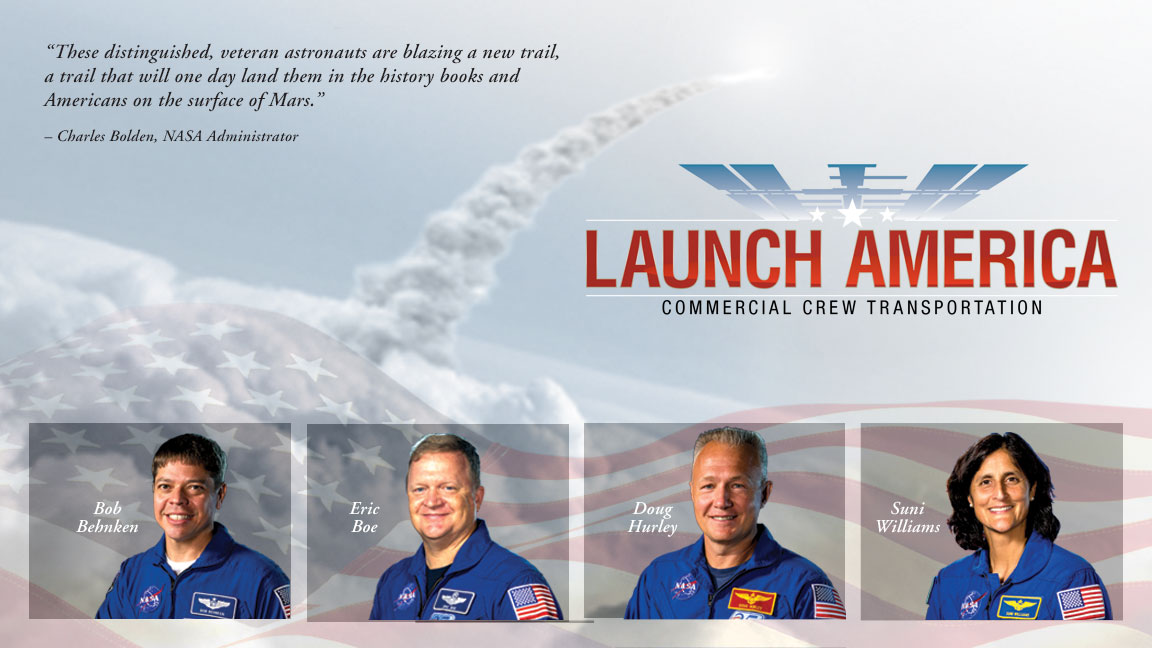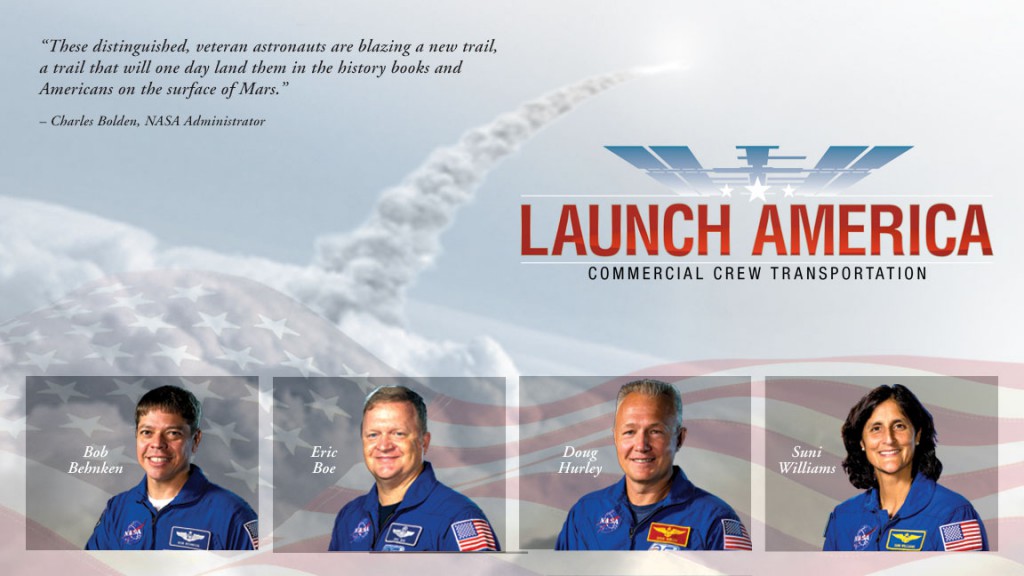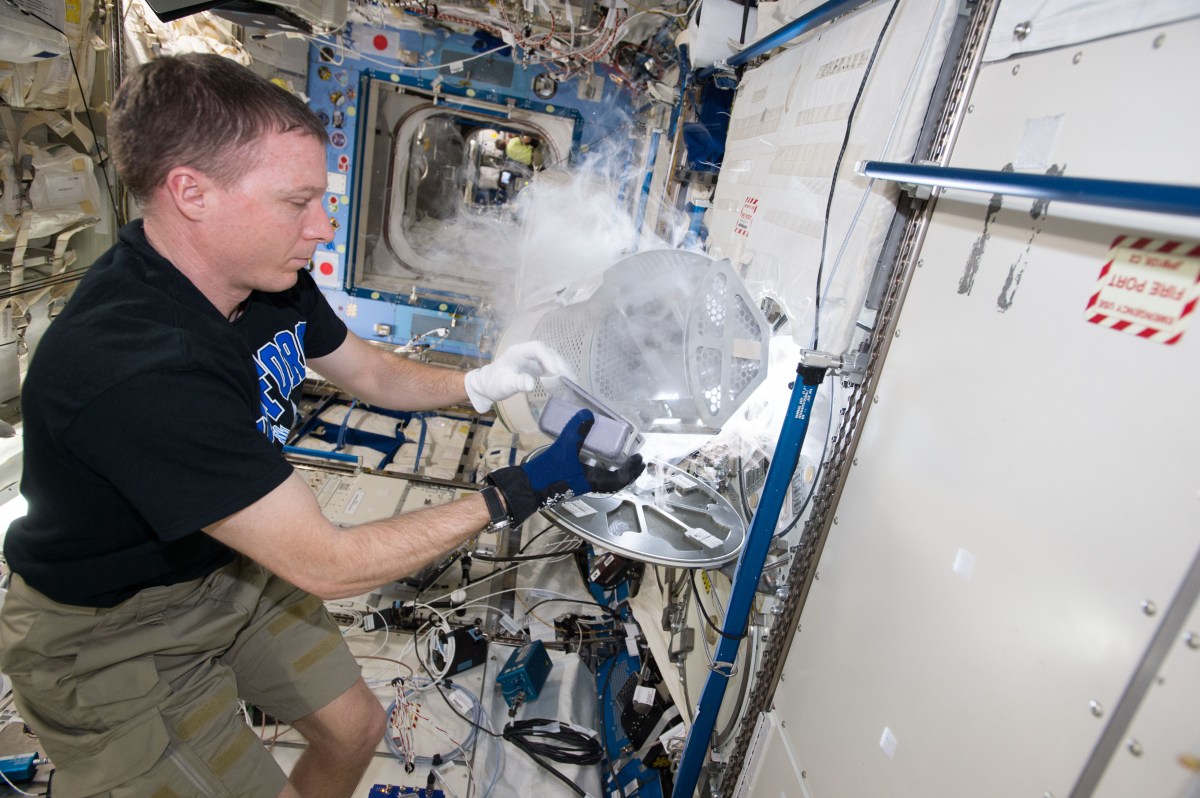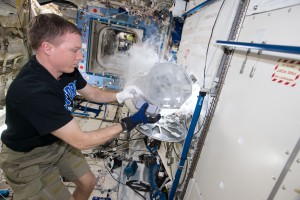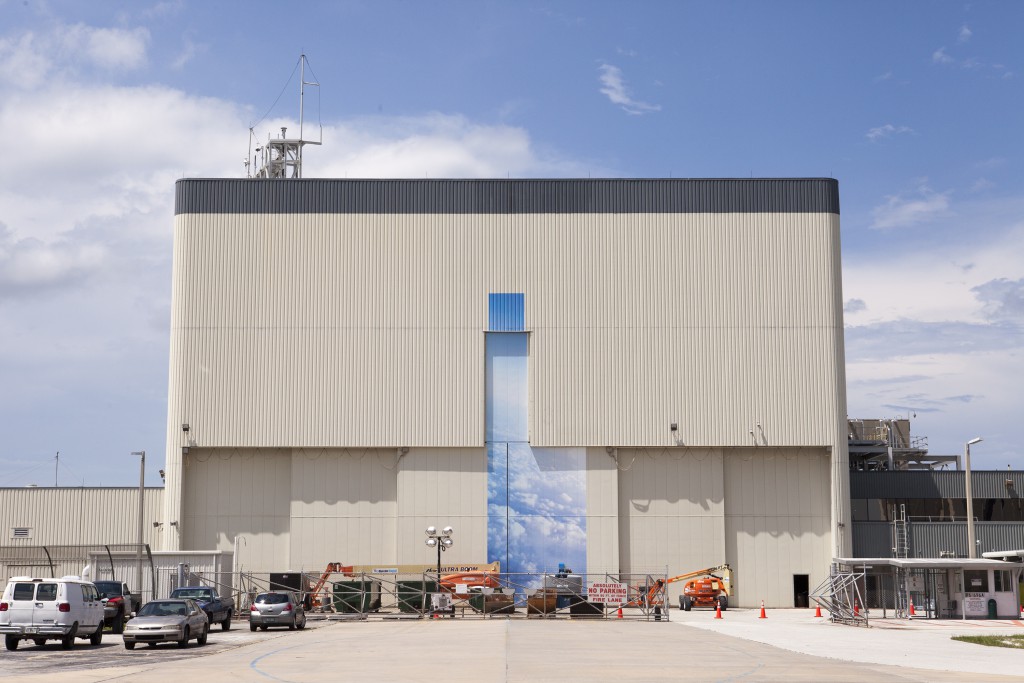
One of the former processing bays for the space shuttles at NASA’s Kennedy Space Center in Florida is getting a facelift this week as Boeing wraps the building that will be the production and processing home of its Crew Space Transportation (CST)-100 spacecraft. The interior of the Commercial Crew and Cargo Processing Facility, better known as the C3PF, is being outfitted for the precision demanded in assembling human-rated spacecraft and then processing the craft for flight. The wrap, which will cover the front of the processing bay, will showcase the future Boeing intends to pursue with the CST-100 line. It is expected to take more than a week to complete the detailed illustration.
Boeing has been working to develop a crew transportation system that will transport NASA personnel, along with some equipment and supplies, to the International Space Station. NASA will certify that Boeing’s system meets the agency’s requirements. Once operational, the systems being developed under the Commercial Crew Program will save money, increase the amount of crew research time on the station and re-establish U.S. human access to space.


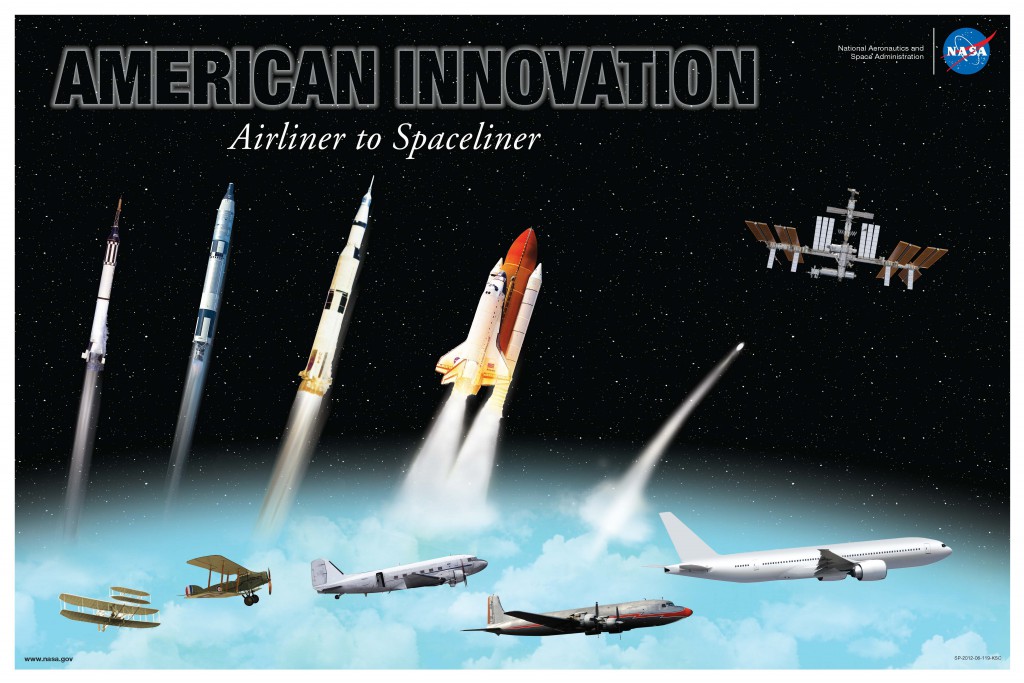




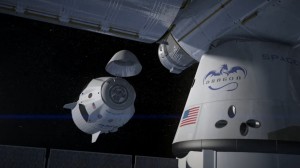

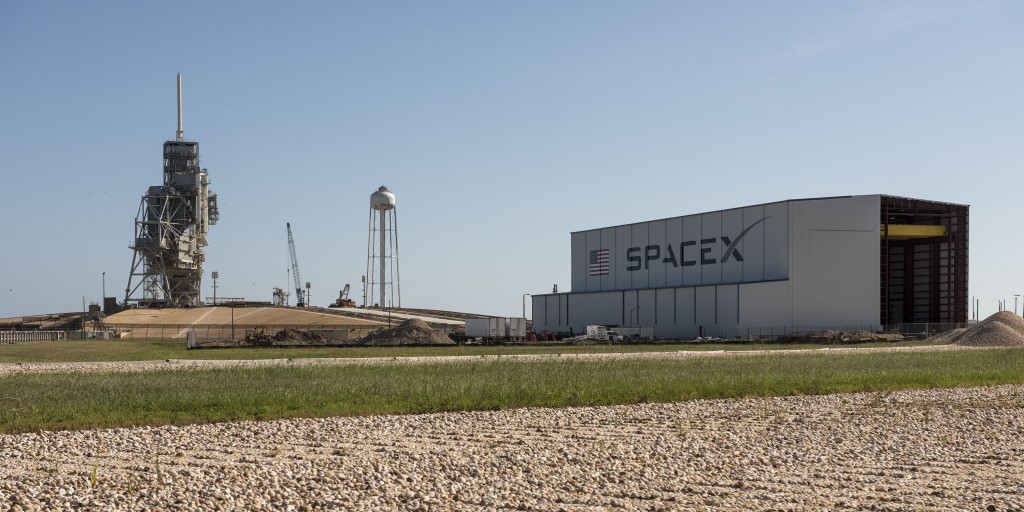
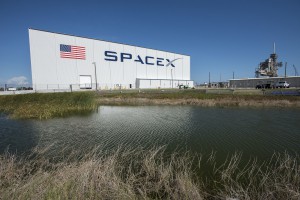 Launch Pad 39A at NASA’s Kennedy Space Center, Florida, continues to take shape as SpaceX has completed the road from its processing hangar to the top of the launch stand.
Launch Pad 39A at NASA’s Kennedy Space Center, Florida, continues to take shape as SpaceX has completed the road from its processing hangar to the top of the launch stand.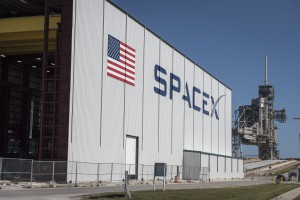 A transporter-erector will move the Falcon 9 and Falcon Heavy rockets to position them above the flame trench for liftoff on flights carrying astronauts to the International Space Station and other launches.
A transporter-erector will move the Falcon 9 and Falcon Heavy rockets to position them above the flame trench for liftoff on flights carrying astronauts to the International Space Station and other launches. The four NASA astronauts selected to train for Commercial Crew flight tests will share the stage today for interviews with national news outlets.
The four NASA astronauts selected to train for Commercial Crew flight tests will share the stage today for interviews with national news outlets. 